Today we're interviewing Bryonie Wise of Toronto, Canada. Bryonie is a participant in our 2015 SEVA Challenge: Kenya
OTM: Hi Bryonie! We are so happy and grateful that you are a part of our SEVA Challenge this year. What is your fundraising goal and how much have you raised so far?
Bryonie: I set my goal at $7,500 - $10,000. To-date I've raised $7,259.
OTM: That's fantastic! What does "seva" mean to you and why do you think it's important?
Bryonie: 'Seva' speaks to my own belief (culled & refined through the practice of yoga, creativity, and shamanism) that there is no separation between us; that although we roll around in our various corners of the Universe, when it comes down to it, we are connected if only by the thread of our beating hearts.
We all suffer, we all celebrate, we all grieve, we all love — we all need help at one time or another and are often too fearful to ask. Sometimes (most often) it's because we can't ask - where we live or how we fit into the hierarchy of the society that surrounds us often determines how loud we can speak & how far our voices are allowed to go. We are held down instead of encouraged to rise up.
The older I get, the clearer this becomes: we are here to love, unequivocally - and it is my responsibility as a human being with relative freedom of word & action to use my superpowers (my heart & privilege) for the safety of all beings.
The more we begin to think of ourselves as connected, from one side of the world to the other, the stronger we become.
OTM: Yes! Superpowers! Your heart & privilege. We love that. What inspired you to sign-up for the Challenge this year? What do you hope to gain or achieve by participating?
Bryonie: 1. The opportunity to support & learn from (and learn how I can further support) young girls & women who have experienced FGM or who are currently working to create alternate rites of passage & fighting for the right to choose how they step over into womanhood. 2. The opportunity to travel to a part of the world that has long tugged at my heart. And 3. The opportunity to study & work with Suzanne & Seane and to expand my capacity & ability to love as a human & as a teacher.
OTM: All beautiful reasons. You mention that the opportunities to support, to expand, and to learn were motivating factors for you. What is the biggest lesson or skill you've learned so far by participating?
Bryonie: I have learned how to soften my words & shape them differently in order to make FGM an accessible topic.
When we come from a place of love, anything is possible— and sometimes, in transmuting (not bypassing) our fear or rage into love or curiosity or surrender (or whatever is most authentic to our own personal experience), we spark someone else into a different kind of thought or action.
We change the world, slowly, but surely.
OTM: And that is a powerful lesson to learn. Thank you, Bryonie, for sharing your words and experiences about SEVA: Kenya! If you're inspired by Bryonie and would like to take part in the Challenge, visit our SEVA: Kenya page HERE. We're finishing up Phase 2 (taking $75 pledges which provide a young girl at the new rescue center with a bed, mattress, and dresser). Pledge today and make a difference! The Challenge ends Sept 30.





